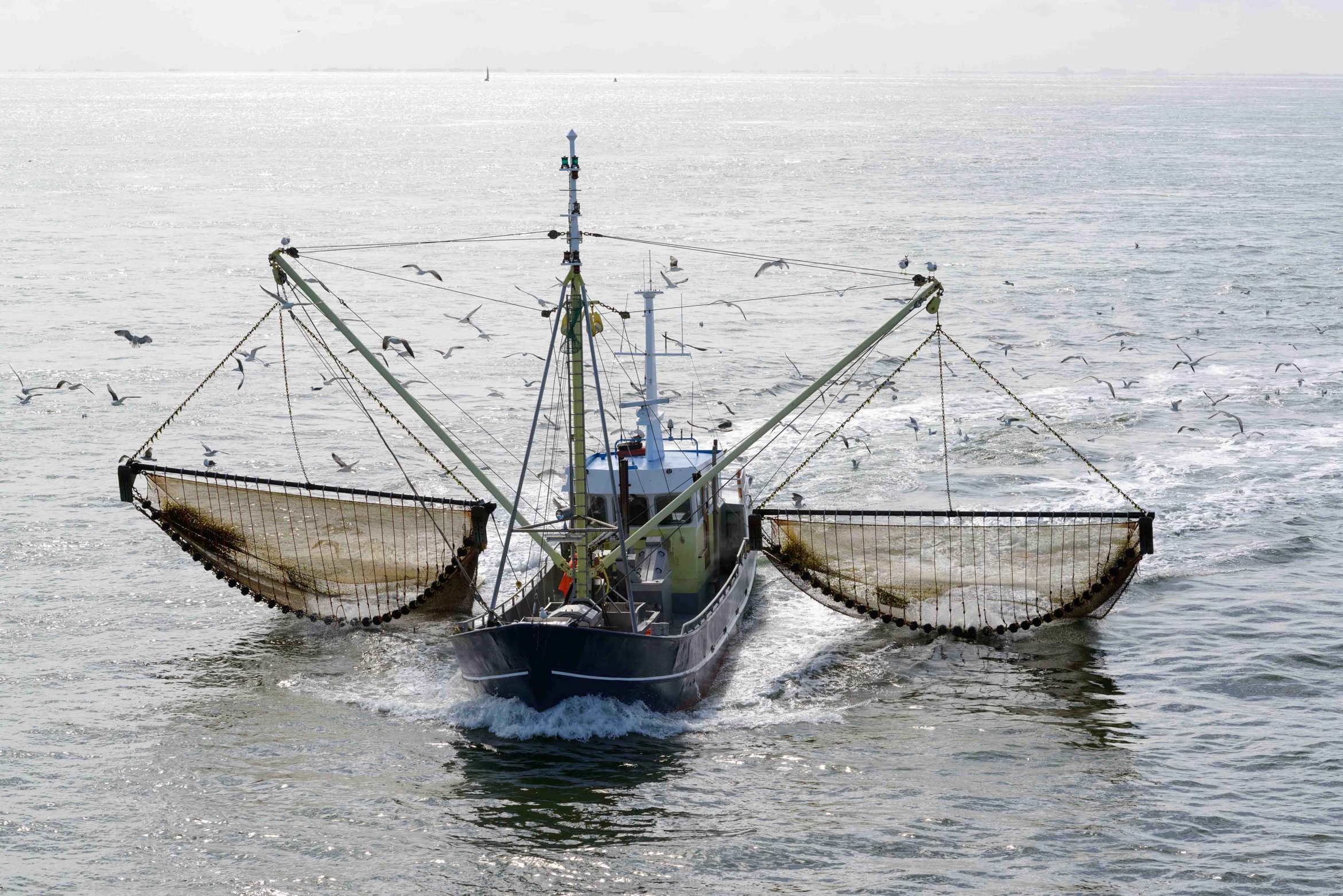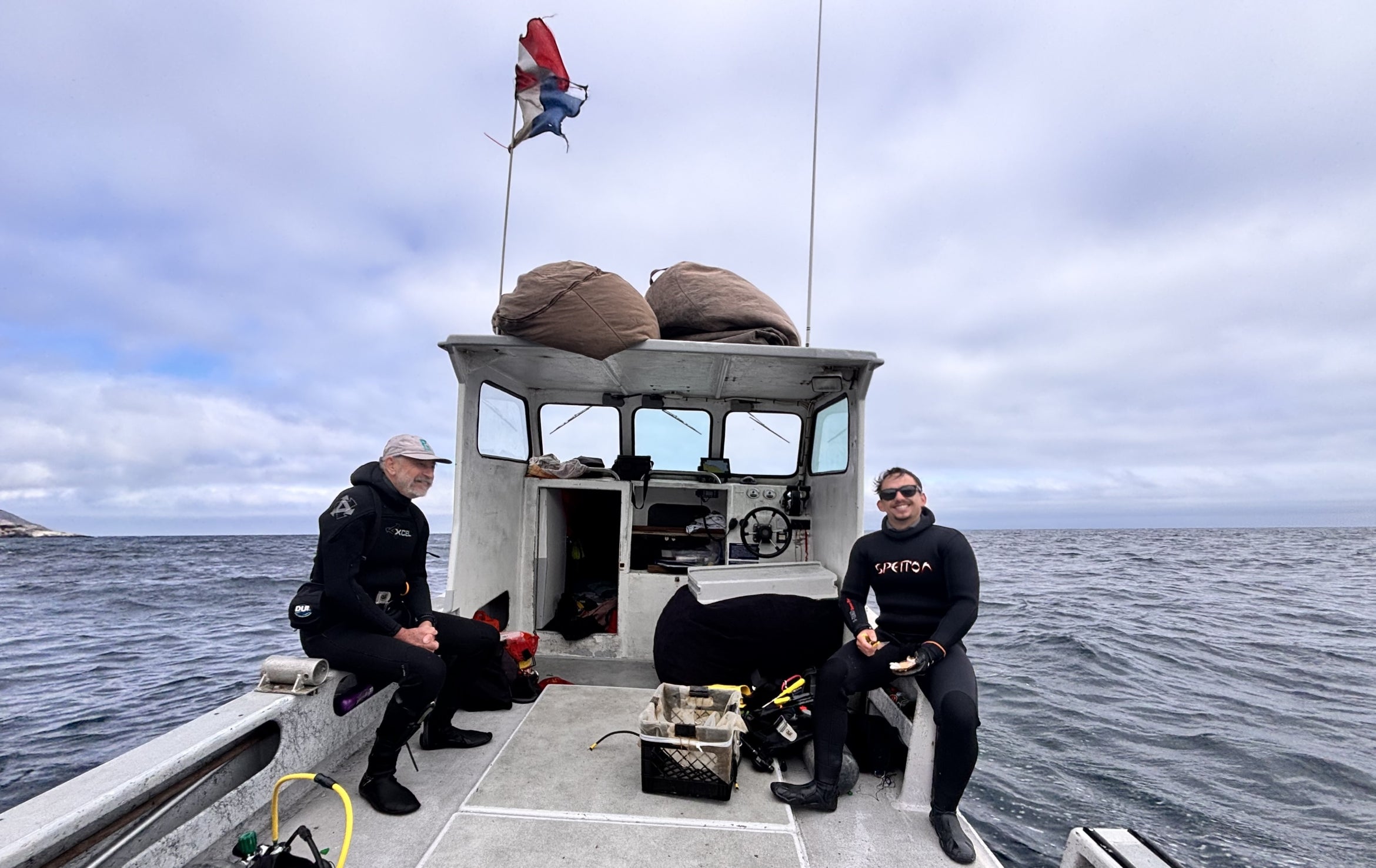
Gathering just the right amount of information is key to proper resource management
With ever more demands on the planet’s natural resources, managing them carefully is ever more critical. But it can be challenging to make effective decisions for such complex systems. To do so, scientists and resource managers have to gather information, determine its importance and weigh possible outcomes. The key is figuring out how much information you need, so you don’t spend more money monitoring than necessary.
A team of researchers, led by scientists at UC Santa Barbara, investigated how ramping up monitoring efforts can be particularly valuable when resources are close to depleted. Their study, published in the Proceedings of the Royal Society B, suggests that monitoring is extraordinarily valuable when fish populations are near the threshold of collapse. Their findings likely hold true for other systems as well, and could guide the ways in which we gather crucial information.
Environmental monitoring is a tricky business. These efforts are often expensive, and the groups paying for monitoring are frequently not the stakeholders most impacted by the results. Accordingly, the expense and effects of monitoring can become contentious issues.
In this light, it’s useful to think of information itself as a resource with monetary value — namely the price someone is willing to pay for that information prior to making a decision. Ultimately, stakeholders want just enough insight to make effective decisions without investing time and money gathering more info than they need.
“Collectively, the value of information in fisheries management is related to its ability to inform decision-making processes, reduce uncertainty and risk, and inform trade-offs between different objectives,” explained lead author Adrian Stier, an associate professor in the Department of Ecology Evolution & Marine Biology.
Monitoring efforts can tighten the error bars on various uncertainties by providing information on the size and abundance of fish populations, the impacts fishing has on them, and the effects of environmental factors such as climate change. It can also provide a clearer picture of the risks involved, like the repercussions of overfishing and depleted populations on ecosystems and economies.
Monitoring can also help stakeholders weigh trade-offs between different objectives, such as the trade-off between maximizing the economic benefits of fishing and conserving fish populations. The value of information is related to its ability to inform these trade-offs, balance competing objectives and facilitate decisions.
So, how do you get the most bang for your buck? Stier and his colleagues propose three management principles: adaptive monitoring, defining a “safe space” and sharing risk.
First, they suggest adapting monitoring efforts based on the value provided by that data. Monitoring investments often hinges on funding availability, technology, personnel logistics and perceptions of risk among managers and resource users. “We suggest managers take a precautionary and adaptive approach by investing in monitoring based on its value,” Stier said. “In particular, managers should invest heavily in monitoring when a system is close to a management or biological threshold.” In these situations, every bit of additional insight can have a big impact.
Secondly, the researchers found that keeping parameters within a predefined “safe operating space” encourages positive results while reducing costs. By staying within these bounds, managers and stakeholders can be relatively sure that things will be okay without having to invest more money in monitoring. “If you know where you're at then you can be pretty sure you're safe and avoiding a meltdown,” Stier said.
Finally, the authors found that spreading the cost of monitoring led to better outcomes. Sharing the cost among multiple stakeholders avoids having these efforts supported by only one entity who might not be able to afford monitoring costs, especially if those funds come from money made by harvesting a resource.
There are of course provisos to these conclusions, where the value of monitoring depends on who bears the brunt of the cost. Is it the fishing industry? The taxpayers? “Who is paying will determine whether an investment is worth the risk,” Stier said.
Commercial fisheries offer an interesting case study in placing the burden of monitoring on the industry, rather than the government. For a subset of fisheries in New Zealand, Canada and Australia, the fishing industry is primarily responsible for monitoring costs. The guiding logic is that the burden of proof for sustainability should lie with the stakeholder interested in exploiting a system.
At the same time, it’s crucial to ensure that funding for monitoring is independent from the resource itself. Consider the herring fishery in the Canadian North Pacific, where monitoring of spring herring spawns was historically funded by the fishing industry. The fishery dipped below an important benchmark more than a decade ago and has not fully recovered. As a consequence, monitoring efforts have declined, which impacts the precision of biomass estimates, and may prolong closures.
This study shows the critical importance of monitoring harvested species, particularly when the population is close a tipping point. “Embracing these three principles will promote investment in monitoring when it is most valuable,” Stier said, “thereby reducing the probability of collapse, promoting sustainable harvest and conservation of natural resources, and increasing food security.”
Harrison Tasoff
(805) 893-7220
harrisontasoff@ucsb.edu




